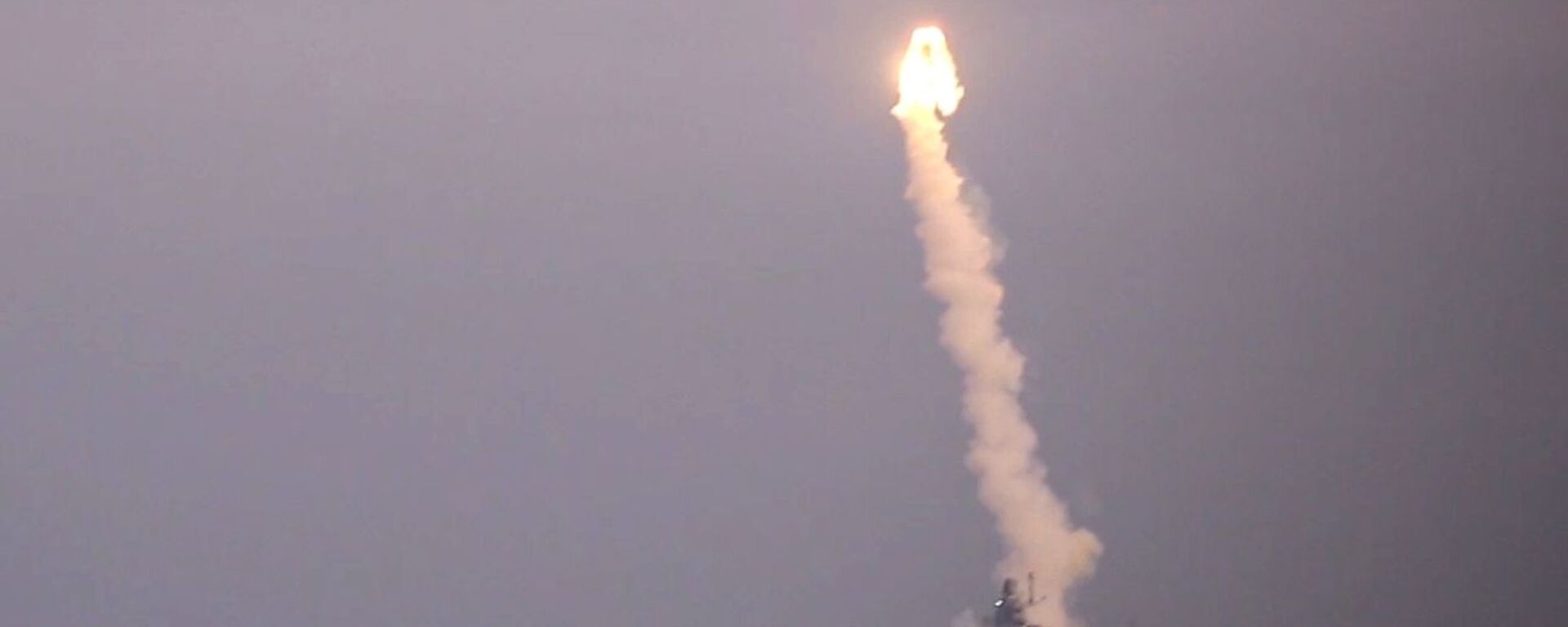Long Arm of Deterrence: How Far Can Russia’s Nuclear-Tipped Rockets Reach?
16:48 GMT 23.02.2023 (Updated: 17:53 GMT 23.02.2023)
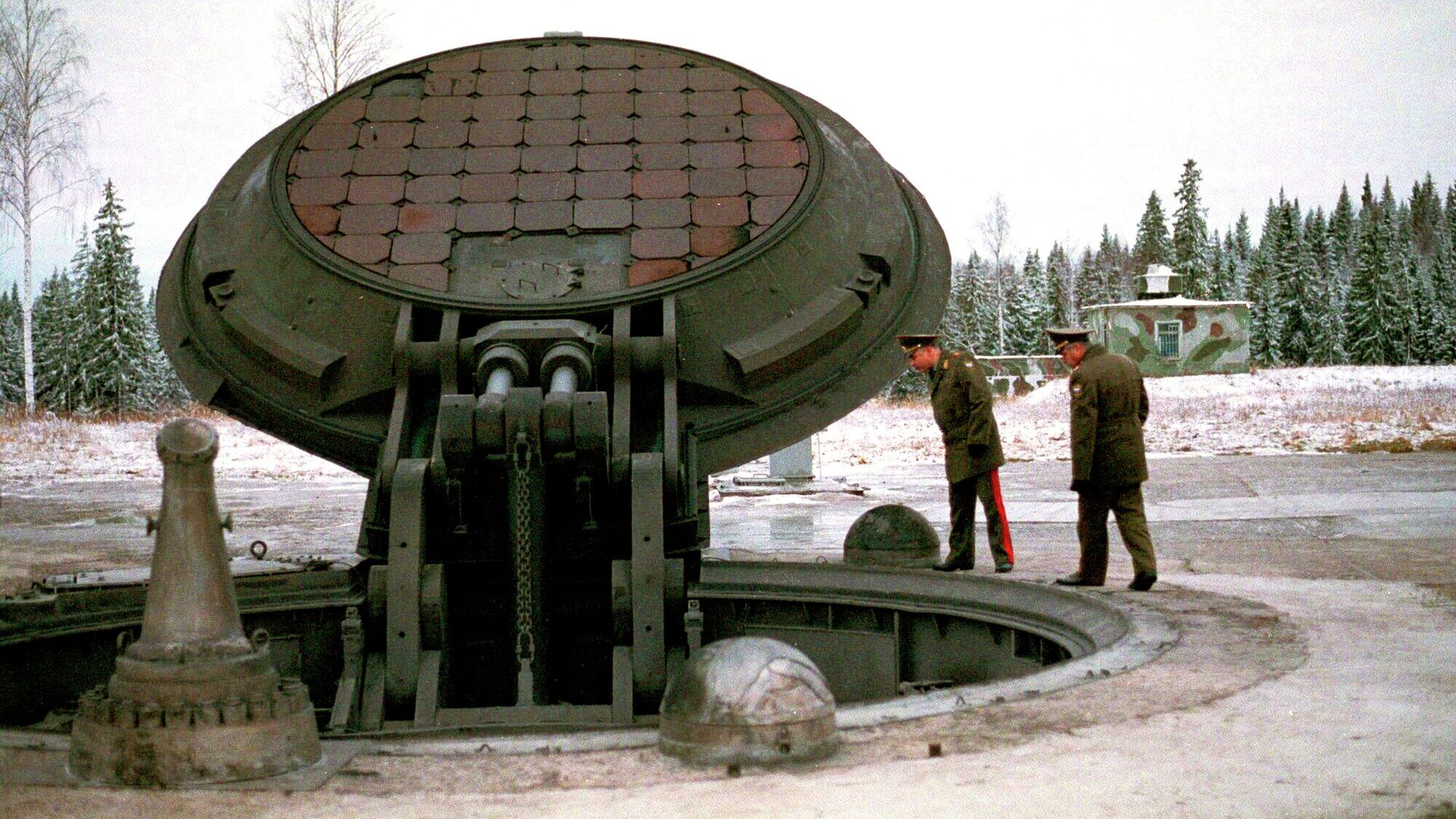
© AP Photo
Subscribe
President Vladimir Putin caused a stir this week after freezing Russia’s participation in the New Strategic Arms Reduction Treaty (New START) and pledging to continue strengthening the country’s strategic missile systems. What kinds of nuclear delivery systems does Russia have to guarantee global deterrence? Sputnik explores.
Russia suspended its participation in New START Wednesday following President Vladimir Putin’s announcement this week that Washington’s desire to “inflict a strategic defeat” on Russia and to help Ukraine launch long-range drone attacks against the bases of Russian strategic aviation were incompatible with the Pentagon’s desire to ramp up inspections of Russian defense facilities.
In a separate address on the occasion of the Defender of the Fatherland Day holiday Thursday, Putin announced that Russia would “pay increased attention” to strengthening the country's nuclear triad, including through the deployment of a new ultra-long range ballistic missile, the development and production of new hypersonic missiles, and the commissioning of a new ballistic missile submarine.
What Were the Origins of the Missile Race?
The appearance of the first surface-to-surface nuclear missiles in the early 1950s reduced the critical role played by heavy strategic bombers in assuring nuclear deterrence. By the 1970s, US and Soviet military planners had received a wide assortment of terrifying new nuclear delivery means. These included tactical, or “battlefield,” nuclear weapons with a range of 500 km or below, which, as the name suggests, were designed to be used in land battles in Europe or Asia if the Cold War turned hot. Short-range ballistic missiles travel less than 1,000 km, medium-range ballistic missiles travel between 1,000 and 3,000 km, intermediate-range ballistic missiles can fly between 3,000 and 5,500 km, while intercontinental ballistic missiles (ICBMs) travel 5,500 km or more.
What Kinds of Nuclear Missiles Are There?
Missiles capable of carrying nuclear weapons are divided into two main types – ballistic and cruise. Ballistic missiles are propelled into the atmosphere via one or more rocket rotors, and, after reaching the right altitude, fall downward toward their target with the help of gravity along a long arc, known as a “ballistic flight path.”
Many modern ballistic missiles are fitted with maneuverable warheads or dummy targets to obscure or overwhelm enemy air defenses, but the more basic among them carry out a flight path that theoretically makes it possible for them to be targeted and intercepted using “anti-missile missiles,” lasers, and other cutting-edge weapons.
Cruise missiles use onboard propulsion systems and inertial guidance or satellite-based navigation systems in flight, and tend to fly along much straighter, lower altitude paths than their ballistic cousins, often maneuvering and “cruising” low to the ground to avoid enemy air defenses, hence the name.
What Kinds of Missiles Does Russia Have?
Russia has a wide variety of nuclear-capable missile systems at its disposal, from the Iskander, a short-range ballistic missile system with an operational range of between 50 and 415 km, to the Kalibr, a sea-launched anti-ship and land attack cruise missile with an operational range between 50 and 4,500 km. Also in Russia’s arsenal are the Kh-55, an air-launched subsonic cruise missile with an operational range between 300 and 2,500 km, and its upgrade – the Kh-101/102, which has a range of up to 5,500 km.
The longer-range missiles in Russia’s arsenal include the submarine-launched R-29 Vysota and Bulava missiles, which have ranges of 6,500 and 8,300 km, respectively, and a series of ground mobile and silo-based missiles: the RS-24 Yars (range - 10,500 km), Topol-M (range - 11,000 km), R-36 (range - 16,000 km), and RS-28 Sarmat (range - 18,000 km).
Russia’s size and geographical location vis-à-vis potential adversaries means missiles with a range of 6,000 km or more are often enough to assure deterrence. For example, Bulava-armed nuclear submarines patrolling in the White or Barents Seas have a range sufficient to target much of the US East Coast, while those patrolling in the Pacific can reach any point on the US West Coast. Sarmats stationed in Uzhur or Dombarovskiy, deep behind the Urals, have a range sufficient to strike virtually any point on Earth in the event of an attack against Russia.
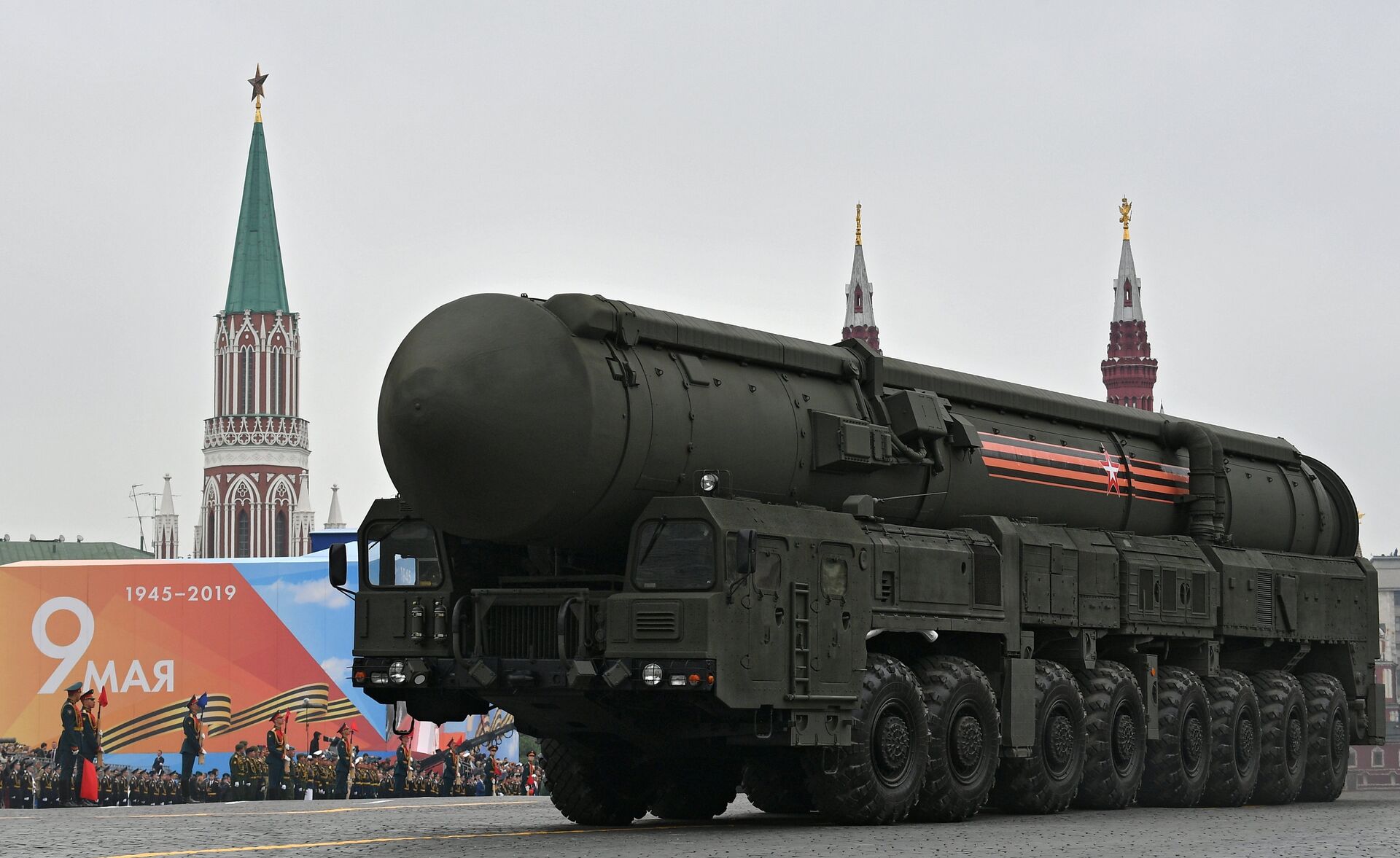
A Russian RS-24 Yars intercontinental ballistic missile system rolls down the Red Square during the Victory Day parade in Moscow on 9 May, 2019
© Sputnik / Aleksandr Vilf
Can Russian Missiles Get Past US Missile Defenses?
After pulling out of the 1972 Anti-Ballistic Treaty in late 2001, the United States began developing new anti-missile systems – only to protect against so-called “rogue states,” officials assured. Russia decided to test the sincerity of Washington’s words, proposing the creation of a joint missile defense system in Azerbaijan in 2007. The US rejected the proposal, and ramped up its efforts to deploy missile defense components in Eastern Europe.
Central to US military planners’ calculations is a concept known as “Prompt Global Strike,” an ambitious Pentagon initiative involving the use of massed precision conventional air and missile strikes aimed at disarming a nuclear-armed rival on short notice. The plan calls for a surprise massed decapitation strike, and for missile defense systems to be used to pick off any enemy missiles launched in retaliation to US aggression. Concocted in the mid-2000s, the PGS concept has continued to be actively pursued by successive administrations, and financed to the tune of hundreds of millions of dollars every year.
Concerns about US military planners’ attempts to “declaw” Russia’s nuclear deterrent have been a key factor motivating Moscow's creation of new strategic weapons, including hypersonic missiles, glide vehicles, and autonomous underwater and air-based cruise missile systems with an unlimited range.
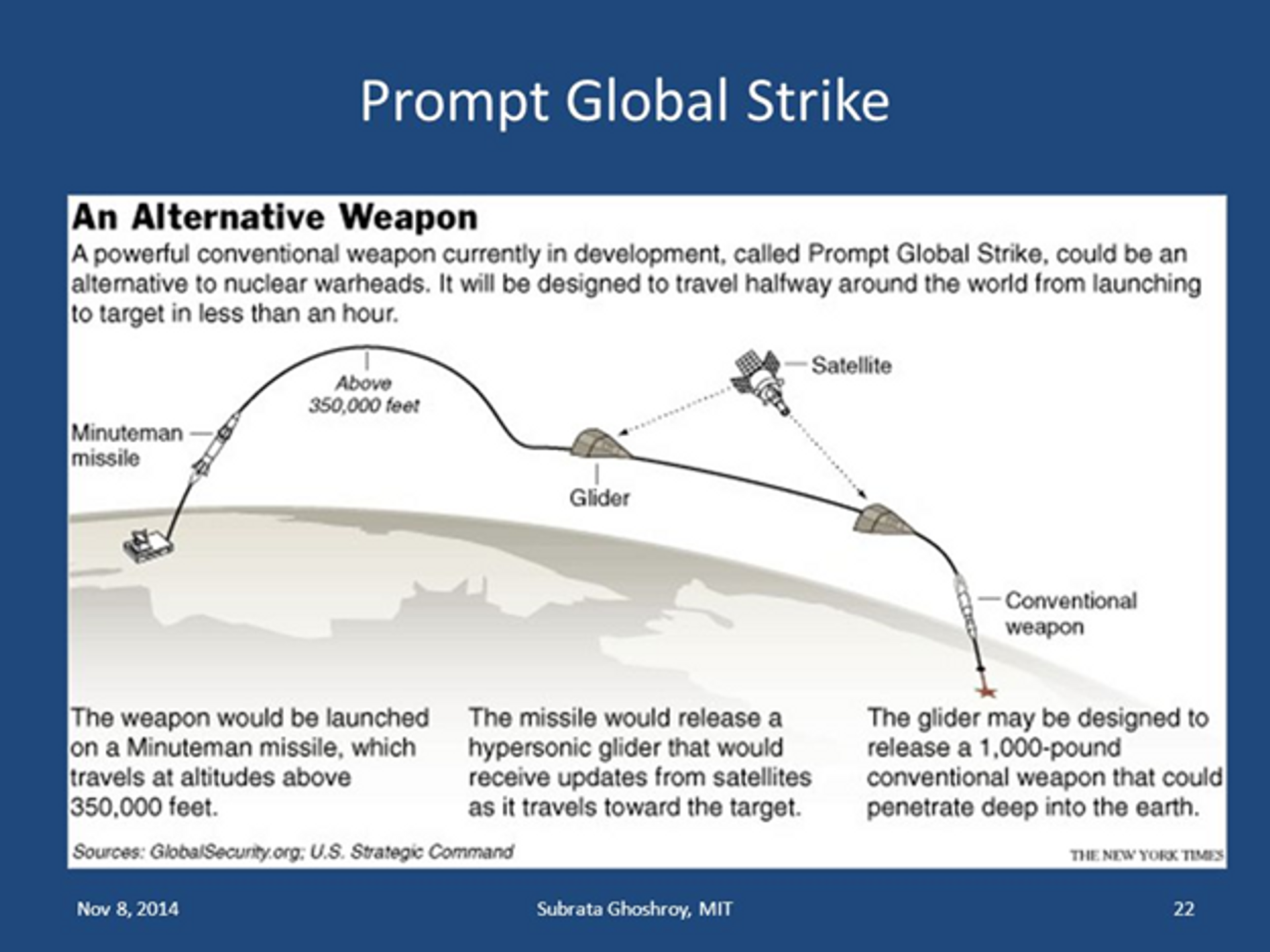
Prompt Global Strike as envisioned in a 2014 MIT presentation.
© Photo : Subrata Ghoshroy, MIT
Virtually all of Russia’s efforts toward modernizing its strategic deterrent are aimed at countering PGS. This includes the creation of new missiles which can evade any existing or future missile defenses, like the Kinzhal missile, carried on board a specially equipped MiG-31 jet, or the Avangard hypersonic glide vehicle, which can be fitted aboard R-36 or RS-28 heavy ICBMs. These weapons, combined with the ballistic missile subs lurking in the depths of the world’s oceans, are designed to ensure that the Pentagon cannot ever be absolutely, positively, categorically, and unconditionally certain that Russia can’t inflict “unacceptable” levels of damage to the US homeland in response to an American attack.
What Arms Control Agreements Are There to Regulate Nuclear Missile Stockpiles?
By the 1980s, the nuclear superpowers had accumulated so many nuclear weapons (over 70,000 by one count) and so many missiles capable of delivering them that policymakers in both Moscow and Washington came to the realization that the planet stood a hair trigger from nuclear holocaust. The problem was, neither side wanted to take the first step toward reducing their stockpiles, especially concerning short and intermediate-range weapons. US President Ronald Reagan was unwilling to give up his administration’s tough-guy “peace through strength” posture vis-à-vis the Soviet “evil empire,” while the USSR argued that as a continental European power, it was absurd for the US – which wasn’t a European power and had simply placed its nuclear-tipped missiles in Europe, to demand an all-for-all ban.
Ultimately, the Soviet side yielded, and in 1987, Reagan and Soviet leader Mikhail Gorbachev signed the Intermediate-Range Nuclear Forces (INF) Treaty, which banned all land-based ballistic and cruise missiles in the 500-5,500 km range. The implementation of the treaty resulted in the destruction of nearly 2,700 ballistic and cruise missile systems, including 846 by the US and 1,846 by the USSR, and reduced the danger of a hair trigger escalation, albeit at the cost of reduced strategic security for Moscow. Three decades later, in 2019, the United States pulled out of the INF Treaty, and immediately began testing of new ground-based missile systems.
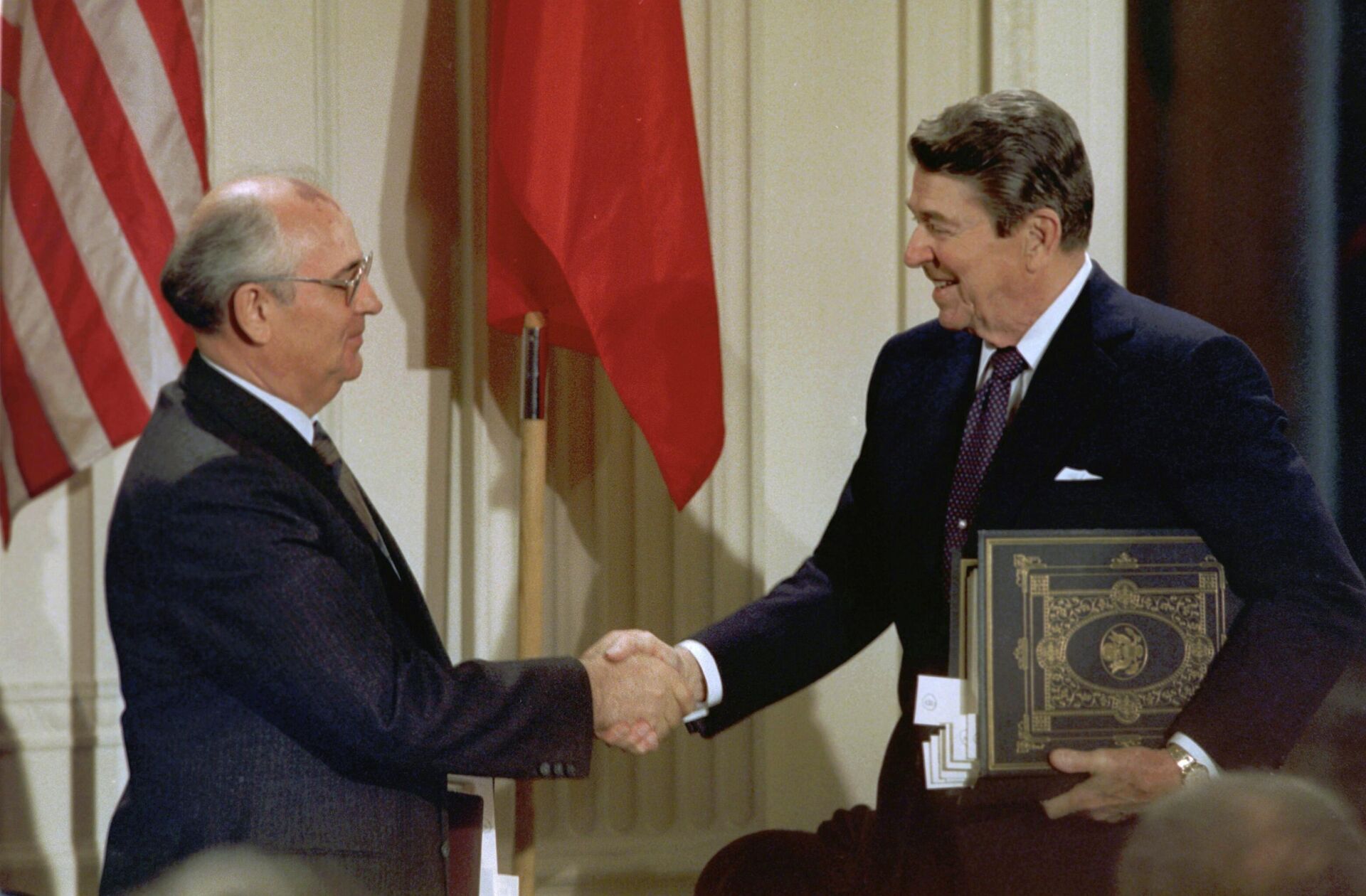
Official visit of the General Secretary of the Central Committee of the CPSU Mikhail Sergeevich Gorbachev to the United States of America for the signing of the Intermediate-Range Nuclear Forces Treaty.
© Sputnik / Yuri Abramochkin
New START is the other major Russia-US strategic arms control agreement. Signed in 2010, and replacing the Strategic Offensive Reductions Treaty (SORT), New START limits the number of deployed and stockpiled nuclear warheads and ICBMs and submarine-launched long-range missiles, as well as strategic bombers designed to carry nukes. The Trump administration threatened to let the clock run out on the agreement in 2020, but the incoming Biden administration renewed it at the last minute on Russia’s urging. This week, Russia froze its participation in the treaty, but did not withdraw, giving Washington time to address Moscow’s security concerns.
What Would Happen if Russia Used Its Nuclear Missiles?
Russia’s nuclear doctrine forbids the use of nuclear weapons in any circumstance, unless the country is facing an enemy attack using nuclear weapons or other weapons of mass destruction, or a conventional attack so severe that the “very existence” of the state is at risk.
In the 1980s, popularizers of science Sergei Kapitsa and Carl Sagan discussed the dangers associated with nuclear war, including the concept of nuclear winter – the idea that a nuclear exchange would result in a severe global climactic cooling effect that would ultimately lead to the end of all life on the planet. This terrifying notion helped solidify in the minds of leaders at the time that, as the tagline from the 1983 Hollywood film Wargames goes, “the only winning move” (in a nuclear war) “is not to play.”
Russia’s modern arsenal of nukes and missiles is therefore designed not to fight or win a nuclear war, and not to intimidate or bully any country into submission, but to convince Russia’s adversaries that whatever the perceived benefits of “inflicting a strategic defeat” on Moscow, the risks are so much greater than the possible benefits that only a madman would even consider gambling with humanity’s future to try to secure such a “victory.”
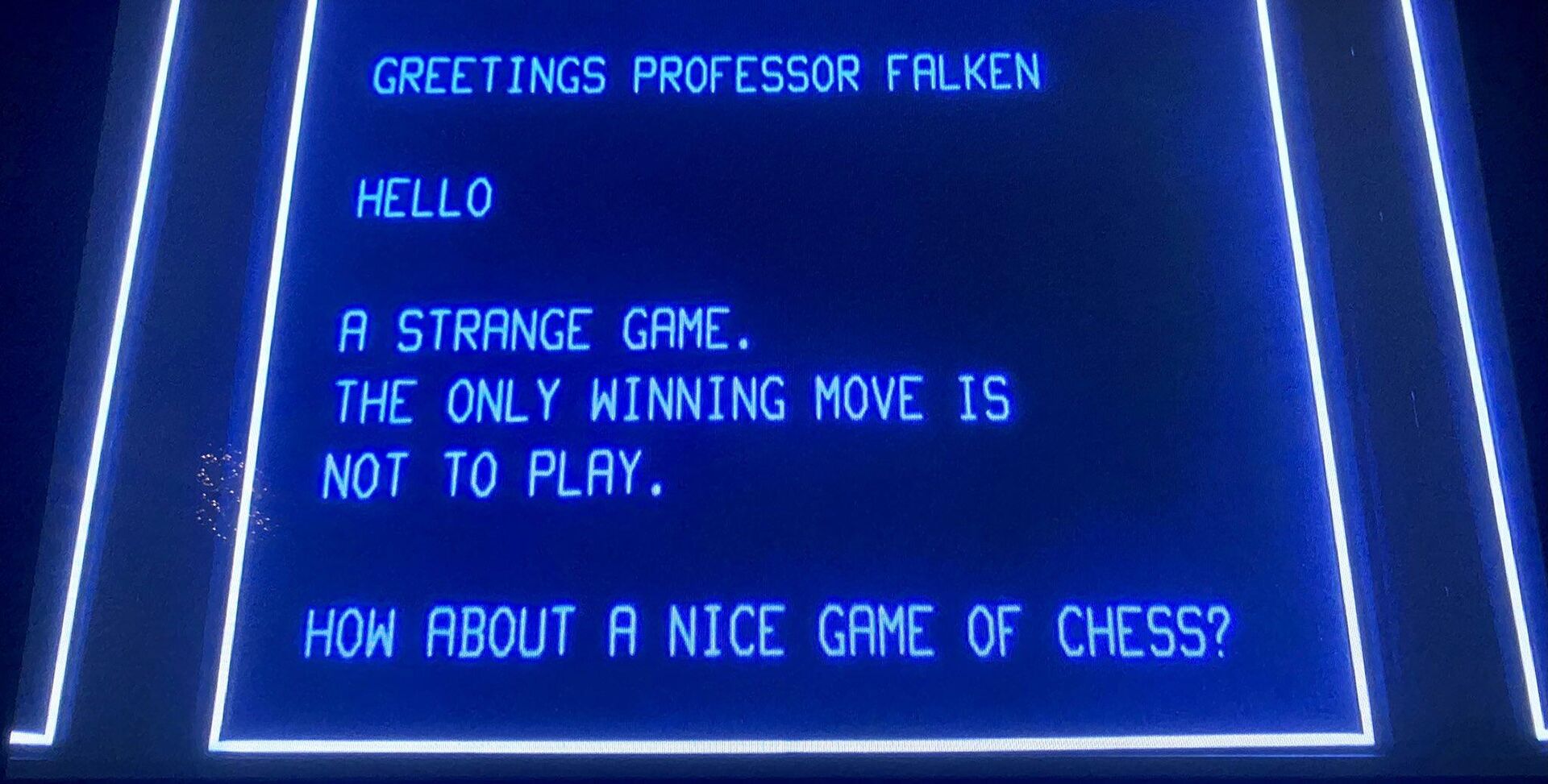
Scene from 1983 movie Wargames, where the WOPR supercomputer comes to the realization that a global nuclear war would lead to the end of humanity.
© Photo : Twitter / @LeilaniMunter
